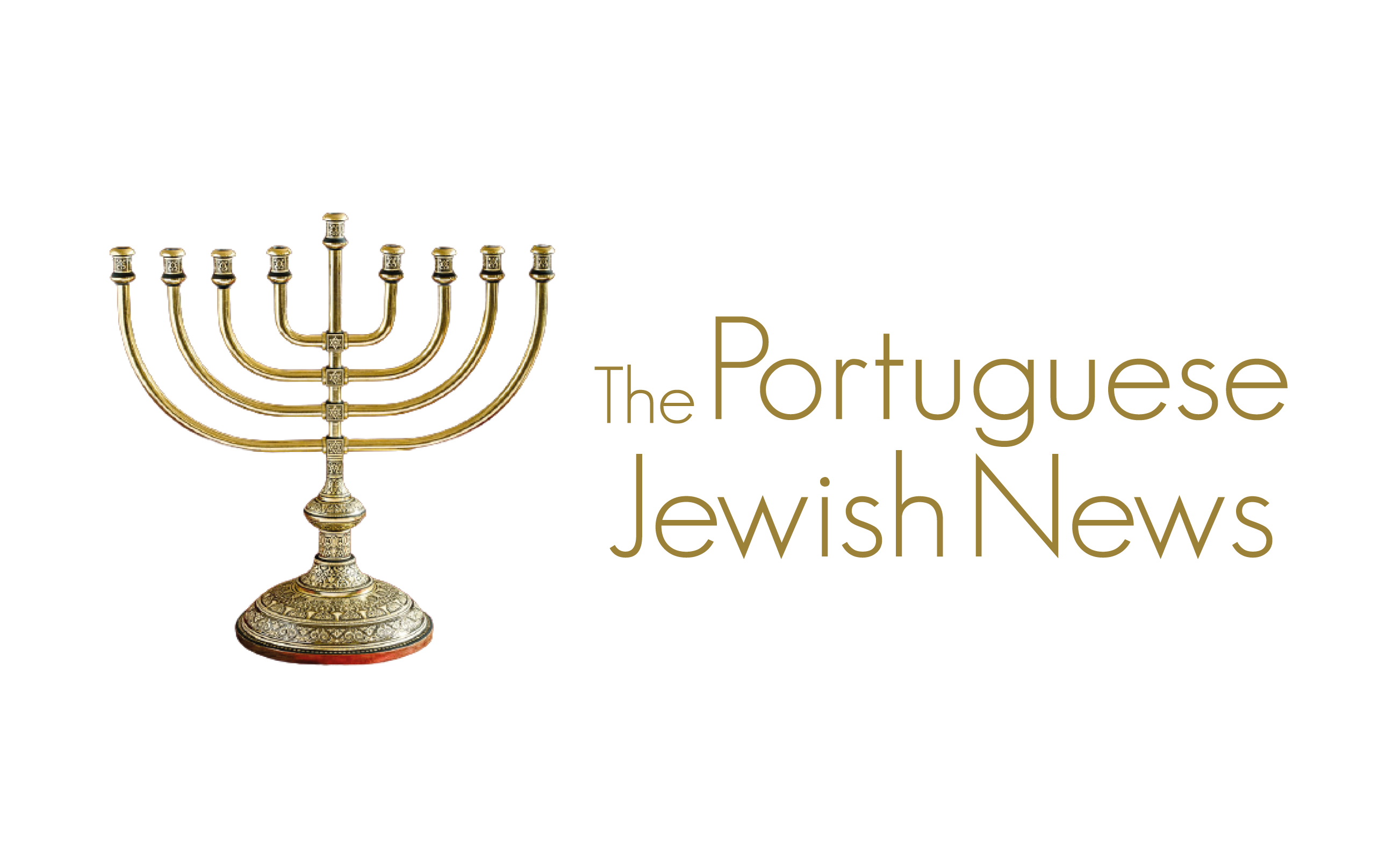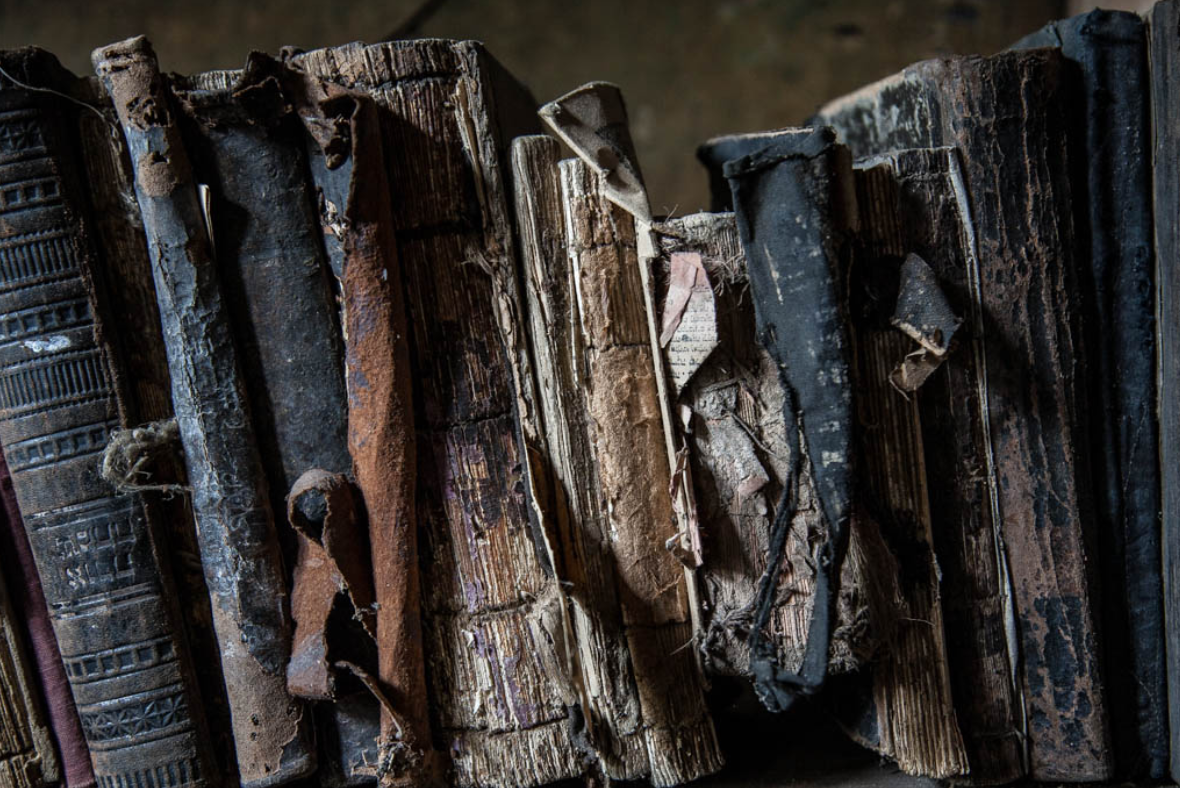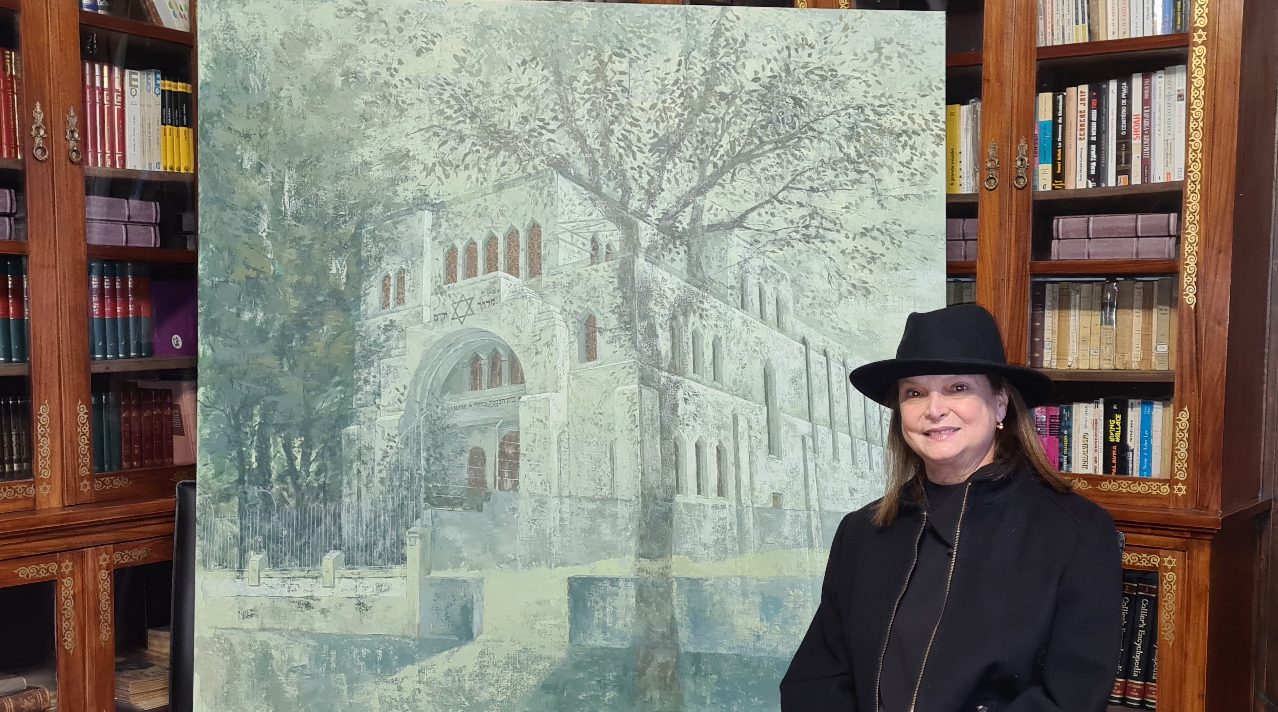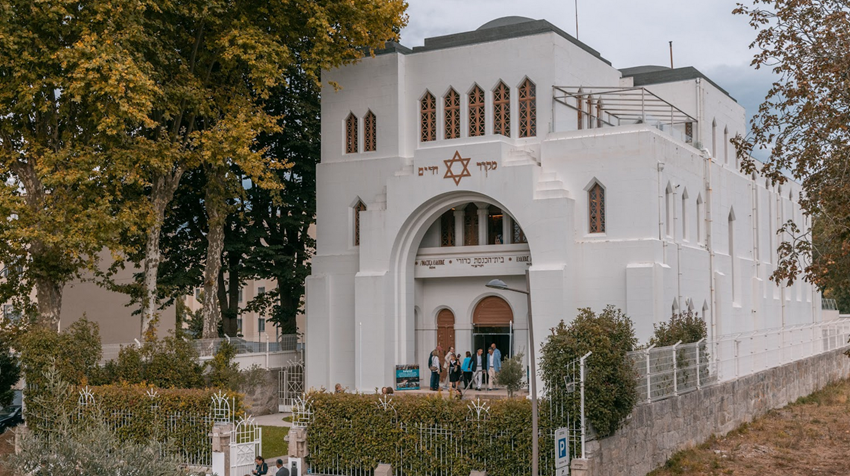© Last Folio - Yuri Dojc
Yuri Dojc, a Slovakian photographer living in Toronto, spent years with his camera perpetuating the last Jewish survivors of former Czechoslovakia. His journey began in 2005 with his fellow countrywoman, the film director and journalist Katya Krausova. They were in Slovakia to record interviews with Shoah survivors when they were unexpectedly addressed by a caretaker at a Protestant church. The man said, indeed insisted, that he had something to show them.
He took them into a building that had once been a Jewish community school and bore the signs of age, where the clock seemed to have stopped. It had, in fact, stopped in 1942, when its students were deported to concentration camps. They never returned to the land of the living. The Nazi machine killed them. One by one. Surprisingly, the books of those children and youngsters were still on the shelves, untouched, as if they had been opened only the day before. Among them, some writing by someone name Jakab drew the attention of Yuri Dojc.
A miracle meeting. He opened it. It had belonged to his grandfather.
Yuri Dojc’s photographs bring us moving images of the brutal destruction suffered by Slovakia at the hands of the Second World War, scattered in synagogues and school buildings devoid of living beings, filled with shadows, religious artefacts, prayer books, study books, books and more books, which were being read, taught and commemorated until the arrival of the train whose final stop spelled extermination.
This voyage of reminiscence, which also includes contemporary portraits of Shoah survivors, has a higher meaning: “Maybe all these photos are actually the memories of all those people who do not have a grave and whom no one remembers. Maybe that is one way of greeting those who have disappeared”, says the photographer.
Interview with photographer Yuri Dojc, author of "Last Folio"
What did you feel when you entered the abandoned Jewish school in Slovakia?
Sadness , feeling of lost. Need to photograph this as testament of lost culture.
Where did the books go, where did religious articles go, after that?
Some books got buried, some stayed on the shelfs till time take care of them. The same with articles.
You found a book that belonged to your grandfather. I do not know what to say. But I ask you if you believe it was a mere chance or more than that
Gift from God
Photography, which also brings us reality through the ages, can be seen as a means of preservation. Do you agree In what way?
I try to preserve it with only tool I have at my disposal…camera. How I do it is important and if I succeed that would be my reward.
About those who survived the Shoa, what work should be done so that the phrase "never again" is practiced, and not just a phrase?
I do not believe that people ever learn .Words like "never again” are just words. We wish that would be true but people who tried to destroy us do not believe that.
Your work that is connected to the Shoah begins when you met, in 1997, a survivor. What awakened that person in you?
Feeling of being a part of tribe whose members suffer unimaginable.
Actually, what work are you doing with your producer, Katya Krausova?
Katya came to the project after I did most portraits of survivors. She come with idea of film and she is very involved in producing the exhibition including the one in Lisbon



































